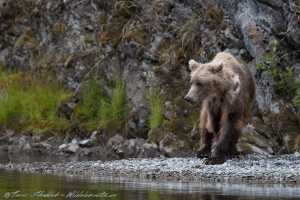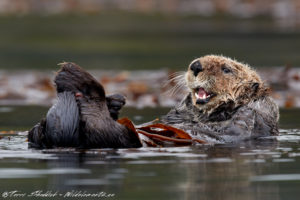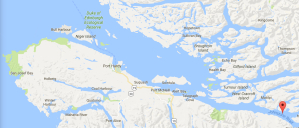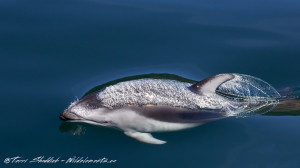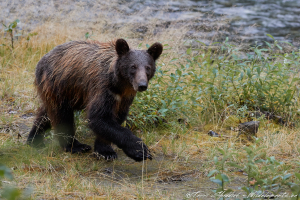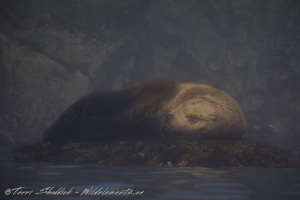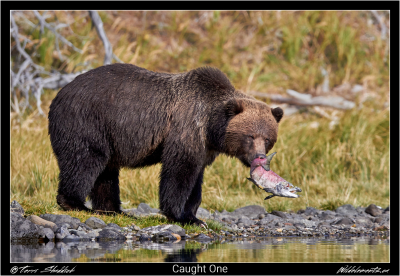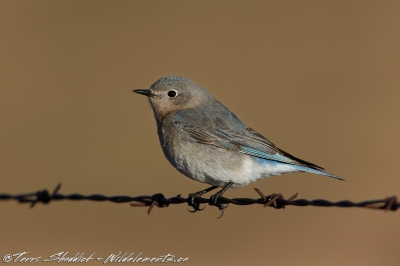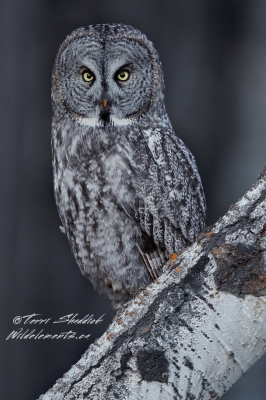16 Sep Canon 5D Mark IV – First Shots & Thoughts
Notice: Trying to access array offset on value of type bool in /var/www/wp-content/plugins/bridge-core/modules/shortcodes/shortcode-elements/_social-share/templates/social-share.php on line 124
I had a few days of overlap after getting my new 5D Mark IV, and before I handed off the 5D Mark III to its new (grateful) owner. My goal for those few days was to gather as many test shots as I could, and to shoot the cameras side-by-side so I could get a feel for the differences. The main differences that I’m focused on (or affected by) are the ISO performance, and resulting dynamic range at the higher ISO, and the autofocus. As the vast majority of my shooting is of wildlife, and often under low light conditions, those were the two things that will have the biggest impact on determining whether this camera will make a permanent home in my camera bag.
The only problem so far is that Lightroom does not yet support the camera, and I find the Canon proprietary software to be slow for file review, and editing. So at this point I have looked at very few images, and these are just a gut feel based on some of the images I have looked at.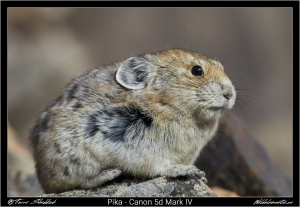
Although hard to show in images, I found the autofocus on the 5D Mark IV to be quite a bit quicker at initial focus acquisition then the predecessor, even when the case settings were the same for both cameras. I was shooting both birds in flight, and Pikas (as pictured in this post) and I found the 5D Mark IV did a better job at getting that focus quickly, therefore you could actually track the subject, as opposed to spending all your time with it just trying to get focus.
For the ISO performance and dynamic range at the higher ISO, so far my findings are similar to that of the 1DX Mark II, the noise tends to be more manageable at the higher ISOs, plus you have way more detail and dynamic range to work with.
I will continue to test the camera out, especially on my upcoming trip to the Great Bear Rainforest, and keep posting results of my findings & thoughts.
I had a few days of overlap after getting my new 5D Mark IV, and before I handed off the 5D Mark III to its new (grateful) owner. My goal for those few days was to gather as many test shots as I could, and to shoot the cameras side-by-side so I could get a feel for the differences. The main differences that I’m focused on (or affected by) are the ISO performance, and resulting dynamic range at the higher ISO, and the autofocus. As the vast majority of my shooting is of wildlife, and often under low light conditions, those were the two things that will have the biggest impact on determining whether this camera will make a permanent home in my camera bag.
The only problem so far is that Lightroom does not yet support the camera, and I find the Canon proprietary software to be slow for file review, and editing. So at this point I have looked at very few images, and these are just a gut feel based on some of the images I have looked at.
Although hard to show in images, I found the autofocus on the 5D Mark IV to be quite a bit quicker at initial focus acquisition then the predecessor, even when the case settings were the same for both cameras. I was shooting both birds in flight, and Pikas (as pictured in this post) and I found the 5D Mark IV did a better job at getting that focus quickly, therefore you could actually track the subject, as opposed to spending all your time with it just trying to get focus.
For the ISO performance and dynamic range at the higher ISO, so far my findings are similar to that of the 1DX Mark II, the noise tends to be more manageable at the higher ISOs, plus you have way more detail and dynamic range to work with.
I will continue to test the camera out, especially on my upcoming trip to the Great Bear Rainforest, and keep posting results of my findings & thoughts.
Notice: Trying to access array offset on value of type bool in /var/www/wp-content/plugins/bridge-core/modules/shortcodes/shortcode-elements/_social-share-list/templates/social-share-list.php on line 104





